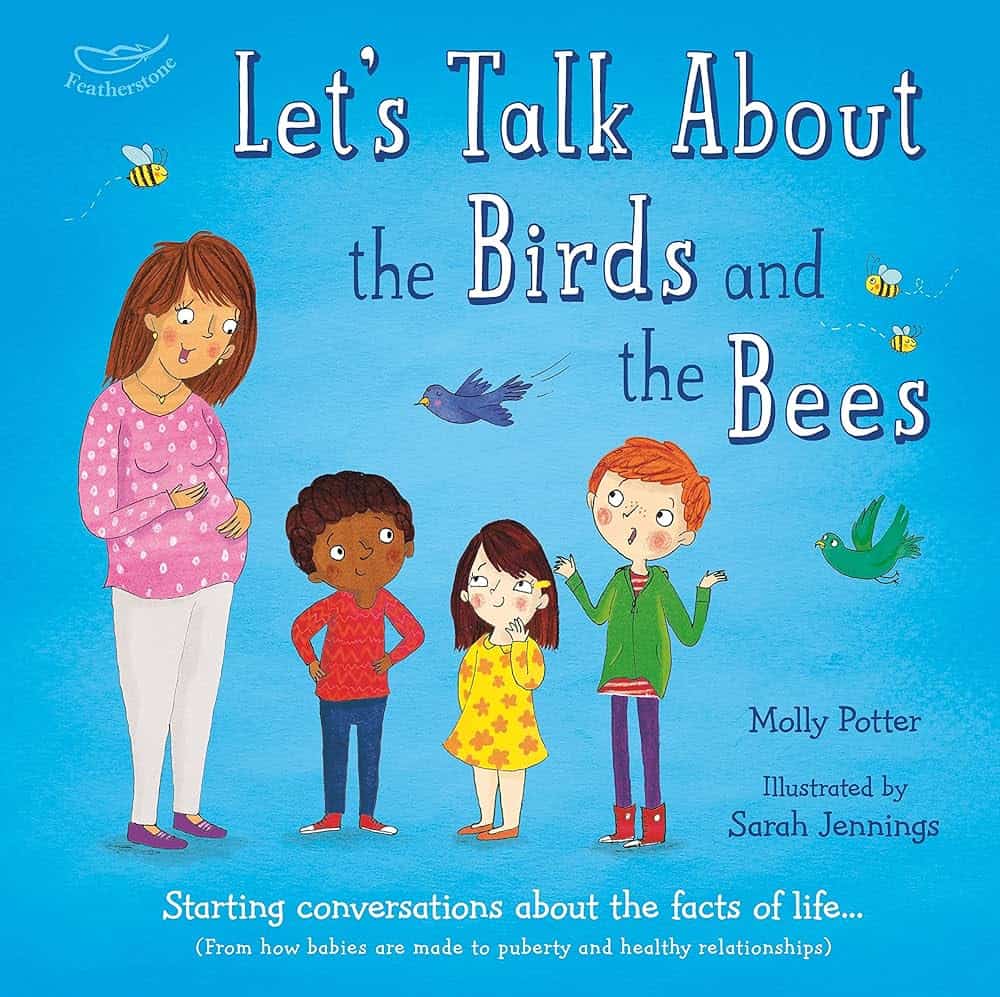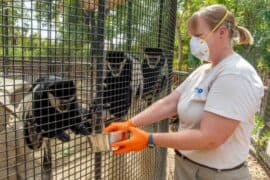Understanding The Birds and The Bees: A Parent’s Guide to the Big Talk
Hello awesome parents and guardians out there! ? Are you feeling a tad overwhelmed or jittery about having that talk with your little ones? You know, the one about the birds and the bees? Worry not, because you’re about to embark on a journey that’s as natural as the circle of life itself! With a sprinkle of patience and a dash of knowledge, you’ll become the cool and confident guide your child needs. Let’s get fluttering into the sweet world of nature’s facts!
Why The Birds and The Bees, Anyway?
First things first, let’s decipher why we call it “the birds and the bees” talk. This whimsical phrase hails from times when parents used natural metaphors to explain the wonders of reproduction and relationships to their children. It’s a lovely and lighthearted way to open a dialogue about what can be a sensitive topic.
Prepping for “The Talk”
As the renowned superhero of your child’s life, preparation is your superpower. Before diving in, gauge what your child already knows. Opening a dialogue with questions can help you understand their level of knowledge and curiosity. Perhaps they’ve heard a few things on the playground or from TV, ignite the conversation from there.
- Choose the Right Time: Look for a moment when you have privacy and your child is relaxed. Avoid starting this chat right before bed, as they might be too tired to really absorb the information.
- Stay Age-Appropriate: The level of detail should match their understanding. Smaller kids? Keep it simple and natural. Older kids? They might be ready for more specifics.
- Use Real Words: Use the correct names for body parts; it’s important for kids to know the proper terminology and feel comfortable discussing their bodies.
- Be Ready for Questions: Your child will likely have lots of questions, so be prepared to answer them honestly but in a way that’s appropriate for their age.
Creating a Comfort Zone
Let’s make one thing clear, folks: there’s no room for awkwardness when we chat about the birds and the bees. Create a chill vibe—think of it as just another important topic you’re teaching your kiddo, like why they shouldn’t talk to strangers or why brushing their teeth is a must.
The Big Jump: Starting The Conversation
Ready, set, talk! But how exactly? Well, how about a storyline? Use stories or scenarios to guide you through. Maybe chat about how beautiful it is when animals raise families or how plants grow from seeds. As for older kids, gear the conversation towards emotional changes, peer pressure, and the responsibility that comes with growing up.
All this, plus your unwavering support, are the secret ingredients for a successful birds and bees pow-wow with your progeny. Remember, the goals here are confidence, clarity, and openness. With your superhero cape on and your facts ready, you are totally set to handle this life-defining chat with pizzazz and poise!
Now that we’ve laid out the breadcrumbs to begin your quest, are you ready for the nitty-gritty? Buckle up, because in the upcoming sections, we’re zooming into the details of each step, with tips, tricks, and even some fun activities to get you both engaged in this essential exchange. Life is beautiful, and so is this journey of knowledge sharing—let’s take it with heartfelt enthusiasm for learning and growing together!

Five Things Parents Should Know in Preparing for “The Birds and The Bees” Talk
1. Understand Your Child’s Perspective
Children’s perceptions are moulded by numerous influences—from their peers to the media. Before you tackle the topic, it’s crucial to step into their shoes. Reflect on the emotional and social context they’re in—it will help you pitch the conversation at a level they’ll understand and relate to comfortably!
2. Foster Trust and Openness
Establishing a bond of trust invites your child to approach you with their most baffling questions. If they know you’re a safe harbour for information, they’ll feel more secure in discussing sensitive topics with you. Drop the judgment; invite open-ended conversations, and praise their curiosity!
3. Equip Yourself with Resources
Knowledge is your power-up! There are terrific books and online resources tailored to help parents with this exact talk. Equip yourself with facts, figures, and fun anecdotes. You can even have some resources ready to offer to your child after the talk, to encourage their own learning.
4. Rehearse Your Message
Before you hit the stage, rehearsal is key. Consider the points you want to cover and anticipate possible questions your child might ask. You don’t want to script the conversation but having a clear outline in mind will help you deliver the message smoothly and confidently.
5. Adopt an Inclusive Approach
Diversity is the spice of life, and it’s essential to address it when discussing relationships and reproduction. Explain that families can look different and that it’s love and respect that bind them, not just traditional norms. Inclusivity also means recognizing and respecting your child’s developing sense of self, which includes their body image and feelings around sexuality.
Navigating Through Awkwardness and Embarrassment
Red cheeks and giggles might pop up during the talk—totally normal! If you find yourself in a sea of awkwardness, breeze through it with humour. A little laughter can puncture tension and normalize the conversation, showing that while the subject is serious, it’s also a part of everyday life.
Continuous Learning: Beyond The Initial Talk
Don’t see this as a one-off. It’s a conversation that should evolve as your child grows. Be available for follow-up chats and check-ins. Make sure your child knows that curiosity doesn’t have an expiry date and that you’ll be there to guide them through every stage of their learning.
With the right preparation and mindset, you’re now ready to tackle ‘the talk’ with grace and confidence. And remember, you’re not just imparting wisdom about the birds and the bees; you’re nurturing a relationship with your child where communication and understanding blossom. What a beautiful bonding journey ahead!
See more great Things to Do with Kids in New Zealand here. For more information see here
Disclaimer
The articles available via our website provide general information only and we strongly urge readers to exercise caution and conduct their own thorough research and fact-checking. The information presented should not be taken as absolute truth, and, to the maximum extent permitted by law, we will not be held liable for any inaccuracies or errors in the content. It is essential for individuals to independently verify and validate the information before making any decisions or taking any actions based on the articles.




